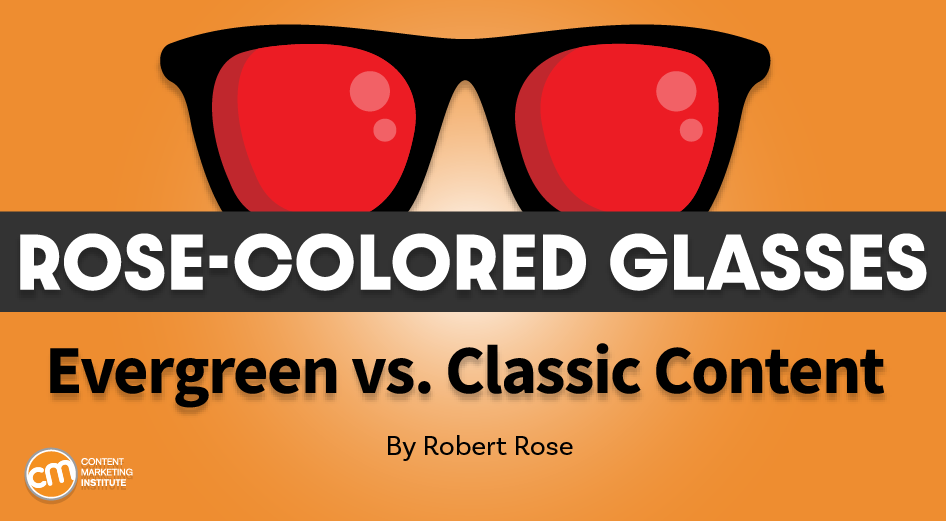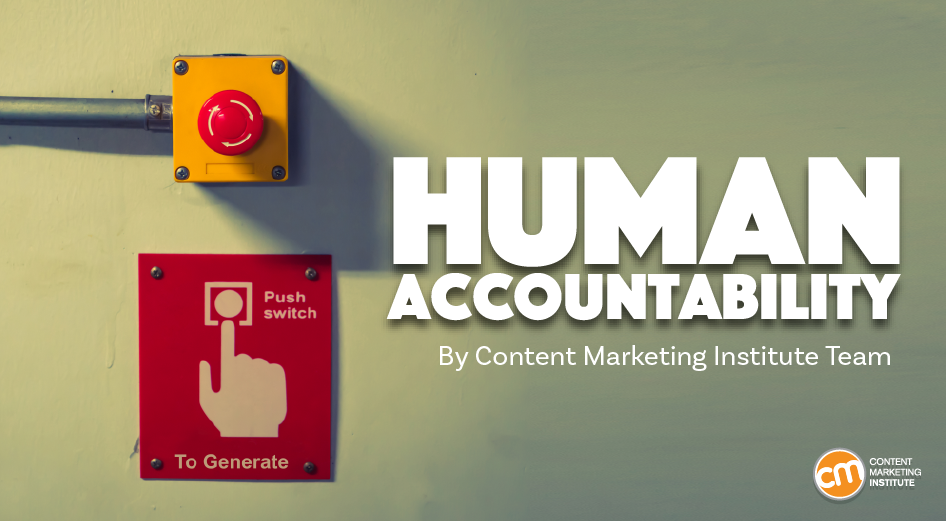What the heck should you do with social media in marketing these days?
Content and marketing teams have been so wrapped around the AI axle for the last 18 months that many haven’t reacted to the fundamental changes in social media.
Some of these changes have AI underpinnings, like Meta’s launch of AI chatbots on Facebook and Instagram. Others, such as the forced divestiture of TikTok, the decline of X, the rise of Threads, LinkedIn’s prolonged moment, and Instagram’s emphasis on fresh content, speak to the continued viability of social platforms as media outlets.
Those headlines and the more granular changes behind them should prompt marketers to shift how they use social media platforms for business success. Let’s look at what’s going on under the hood of social media.
Social media is growing differently
Social media platforms devalue general news of any kind. Instead, they try to keep their audiences engaged in walled gardens.
Similar Web data shows traffic to news sites from Facebook and X took a steep dive as of October 2023. Casual sharing, posting, and commenting are down as well. The reasons span the gamut from the “dismantling” of Twitter into X and concerns about misinformation to overall user fatigue.
Yet social media consumption is up almost across the board except for Facebook and Twitter (sorry, X).
Where did the “social” go?
Direct messaging and chat.
Research shows people still spend at least two hours per day consuming social media. But among the top apps and websites, social media ranks behind direct messaging and text messaging.
Sharing no longer happens on public-facing social media channels. The “social” of social media now happens in communities where friends share content in private groups, texting groups, and one-to-one messaging.
Social media, as I’ve said before, is simply becoming media.
Followers matter less
To varying degrees, all the platforms have copied elements of the TikTok algorithm when displaying content to their audiences. These changes seem positive.
Instagram recently introduced substantial changes to its Reels algorithm that buck its longstanding embrace of accounts that aggregate content. It will now detect whether the post is original or aggregated (i.e., reposted) and favor the original content. It also may remove content from aggregators from the recommendations feature.
More interestingly, Instagram also changed its algorithm to surface smaller creators. That should be good news for social media marketers who operate accounts with smaller followings. Your content will surface more and pierce the noise of those with huge followings.
But more disruptive implications about the value of social media arrive with these changes. The biggest seismic shift happens around the importance of followers and community.
Many platforms have introduced more “for you” content in their feeds (a la TikTok). They no longer prioritize content from the people or brands someone follows. Instead, they optimize the content feed by the user’s actual behavior and content consumption, favoring content from “new” creators rather than those whom the user follows.
Put simply: Social media platforms now de-emphasize the value of a large following (or audience), which belies what brands have worked on for years. The new focus means every post must compete to be seen.
What does this mean for marketers?
All these social media platform changes can leave you feeling overwhelmed and confused about how to adjust your marketing and content strategy. Let’s walk through some of the biggest disruptions together.
Public communities are mostly dead
Many brands still attempt to use their social media marketing to create a public community with their customers. While some outlier brands could accomplish this, most will struggle. Instead, marketers can better create communities through more private distribution, such as a Slack channel, a proprietary community platform, or event-based programs.
Newsfeeds are completely dead
All the platforms de-emphasize the nature of articles and links, and audiences are decreasing their participation. If you fill your social media feed with content from your blog, a series of links to promote your latest news or links to your brand’s new products, you will struggle to find any value in this era of social media.
Feed your owned media strategy
“So, wait a minute,” you might ask. “If followers don’t matter and we’re supposed to entertain, engage, or educate within the platform itself, how do we build an audience on our owned media?”
A social media platform shift prompted the trend of a paid content network rather than an organic one. Consensus concluded organic reach had died. To help your content find the audience, you had to pay to promote posts or ads.
But there’s more opportunity now that algorithms offer possible organic discovery through “for you” recommendations (and there’s less competition from random pictures of breakfast, sunsets, and news sharing).
The strategic marketing goal remains the same: Pull social media audiences into your owned media ecosystem so that they can become addressable audiences to your brand.
You can accomplish that goal in creative ways. Look at your social media content as a means of creating value in that moment. Then, ask these audiences if they’d like to engage further to visit, contact, or subscribe.
‘Eventize’ your content
One of the biggest trends I see in gathering better traffic from social media is to “eventize” your content. Create content that is ephemeral or has a short half-life. Focus on enhancing the visitor’s opportunity to act the moment they see the post rather than banking on longer-term engagement.
Humanize your content
Audiences still value human faces and names more than brands and product names. Now, exceptions exist, but if you don’t know if your brand is an exception, it isn’t. Brands working with influencers and engaging their employees can more widely disseminate their social media content. In some cases, this strategy can beat the company’s channel on the social media platform.
Social media can remain an important piece of your integrated marketing mix. But to be successful in 2024, focus on creating engaging, ephemeral content that captures attention in the moment and drives users to owned media channels for further interaction.
It’s your story. Tell it well.
HANDPICKED RELATED CONTENT:
Cover image by Joseph Kalinowski/Content Marketing Institute




